ADI Part 1 Questions What is A Ford?
What is a FORD?
A ford is one of those wonderfully old-fashioned features of Britain’s road network that reminds us how motoring used to be before every stream was tamed by concrete and steel.
In simple terms, a ford is a shallow section of a river, stream, or watercourse where the road passes directly through the water rather than over a bridge. You’ll see them most often on rural or country routes, often marked by the familiar “Ford” warning sign (a white triangle with a red border and the word FORD beneath it) or the “Flood” depth gauge sign.
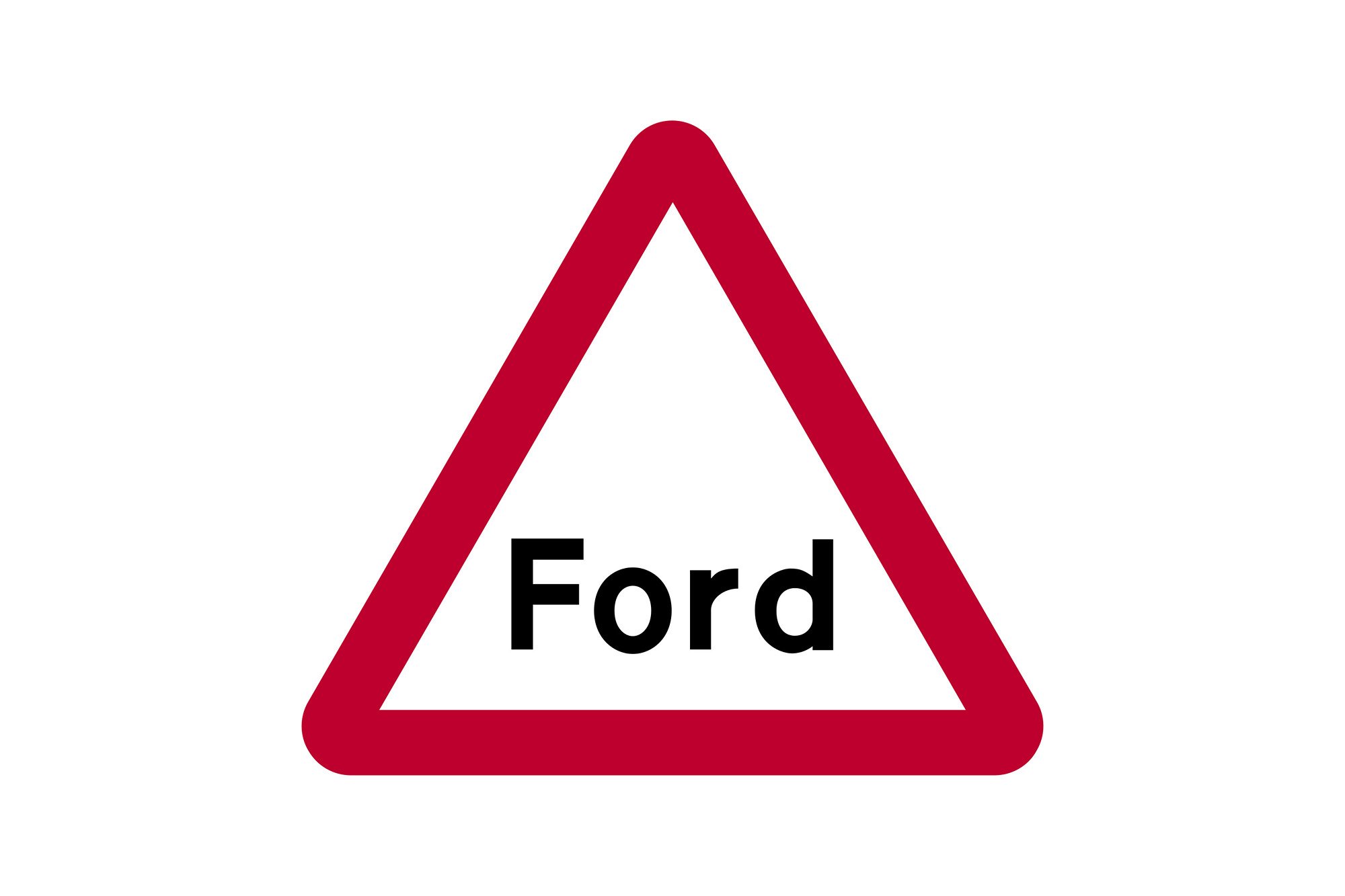
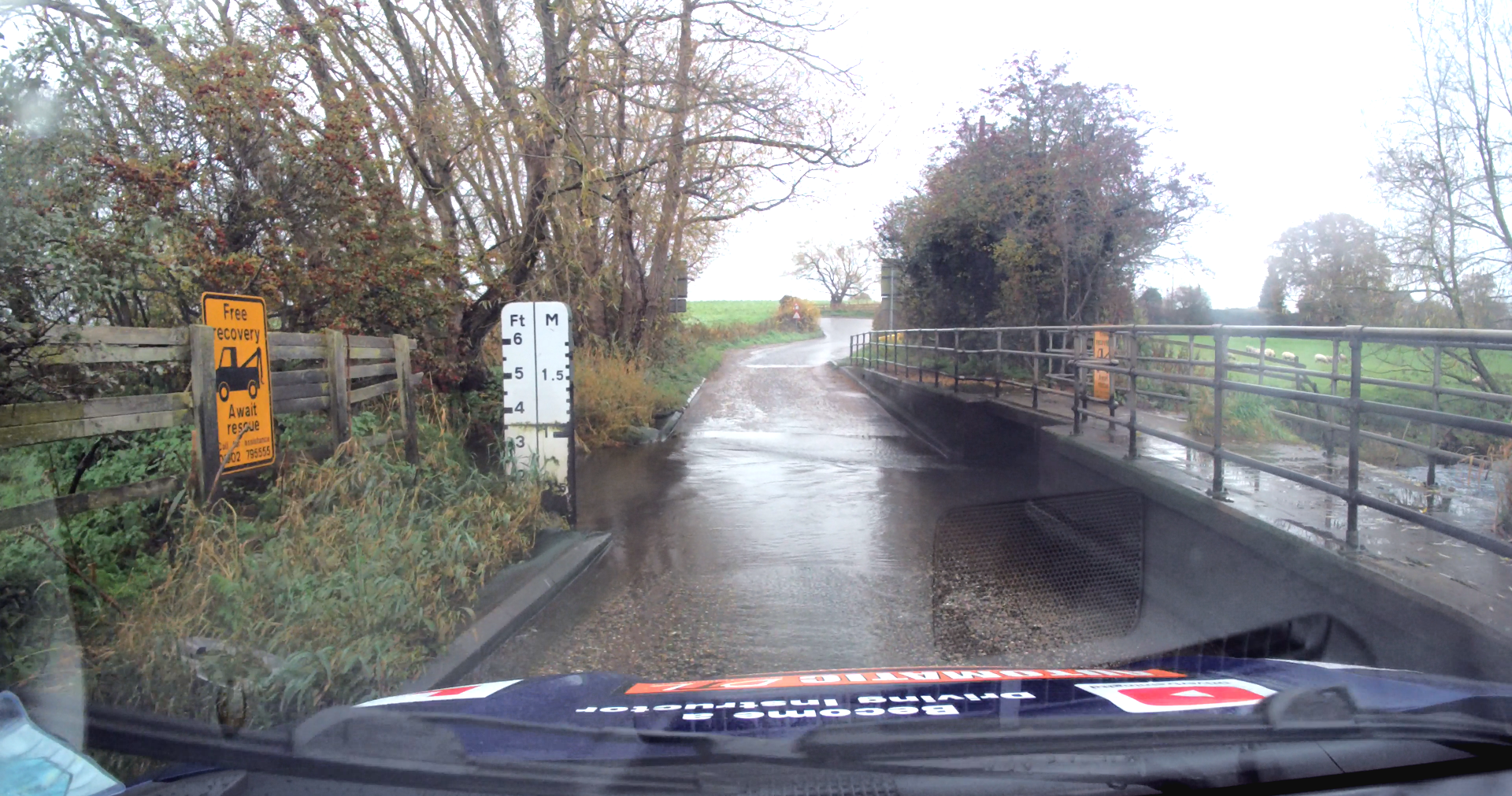
For ADI Part 1 revision, here’s what matters:
For ADI Part 1 revision, here’s what matters:
1. Highway Code & Road Signs
A ford is specifically referenced in the Highway Code’s section on road signs. The key point for theory purposes is recognising the warning sign and understanding that you must assess the risk before entering. Water depth, flow, and road surface all come into play.
2. Safe Driving Considerations
A ford can hide potholes, slippery algae, or a stronger current than expected. Trainees should remember:
Stop and assess if the water level looks high.
Use a low gear, steady speed.
Do not stop in the water—keep momentum.
Test the brakes once through (light pressure to dry them out).
How to deal with a Ford
3. Legal & Mechanical Awareness
Under UK law, you’re responsible for maintaining control of the vehicle at all times.
Driving into water beyond a vehicle’s capability could be seen as careless or even dangerous driving.
Mechanically, deep water can cause engine failure through hydrolock if it enters the air intake—something every instructor should be able to explain to a learner.
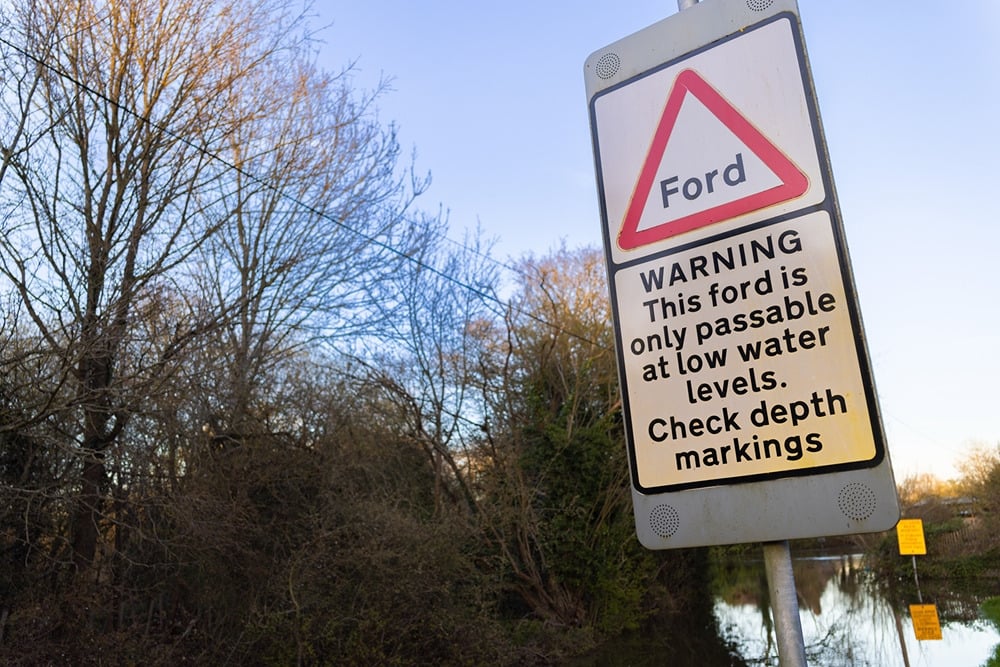

Dealing with a Ford
4. Instructor-Relevant Insight
While most learners may never encounter one on test routes, as a driving instructor you’re expected to know your road environment.
A ford is a perfect example of why we teach learners not just how to drive, but how to read the road—a timeless lesson from the early days of motoring that still stands strong.
What is a Ford
A ford also brings in an appreciation of how the road surface changes under different conditions. In dry spells, many fords appear harmless—little more than a damp patch—but after rainfall they can become unexpectedly deep and fast-flowing. That’s why exam questions often focus on hazard perception and driver judgement, rather than the ford itself. Trainee instructors should be able to explain how weather, seasons, and road gradients affect water depth and grip.
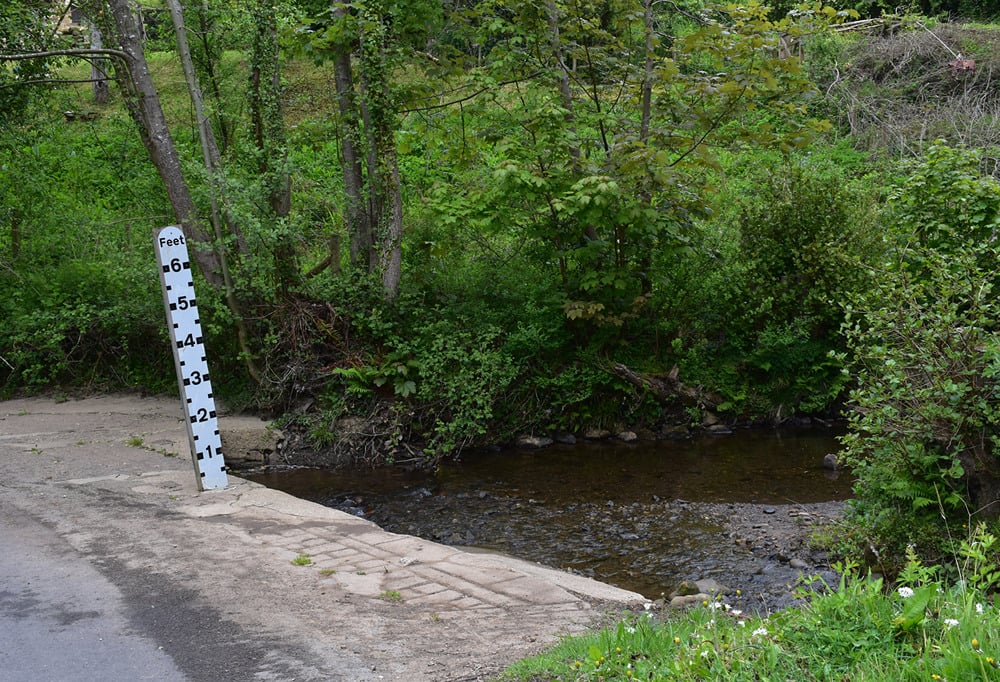
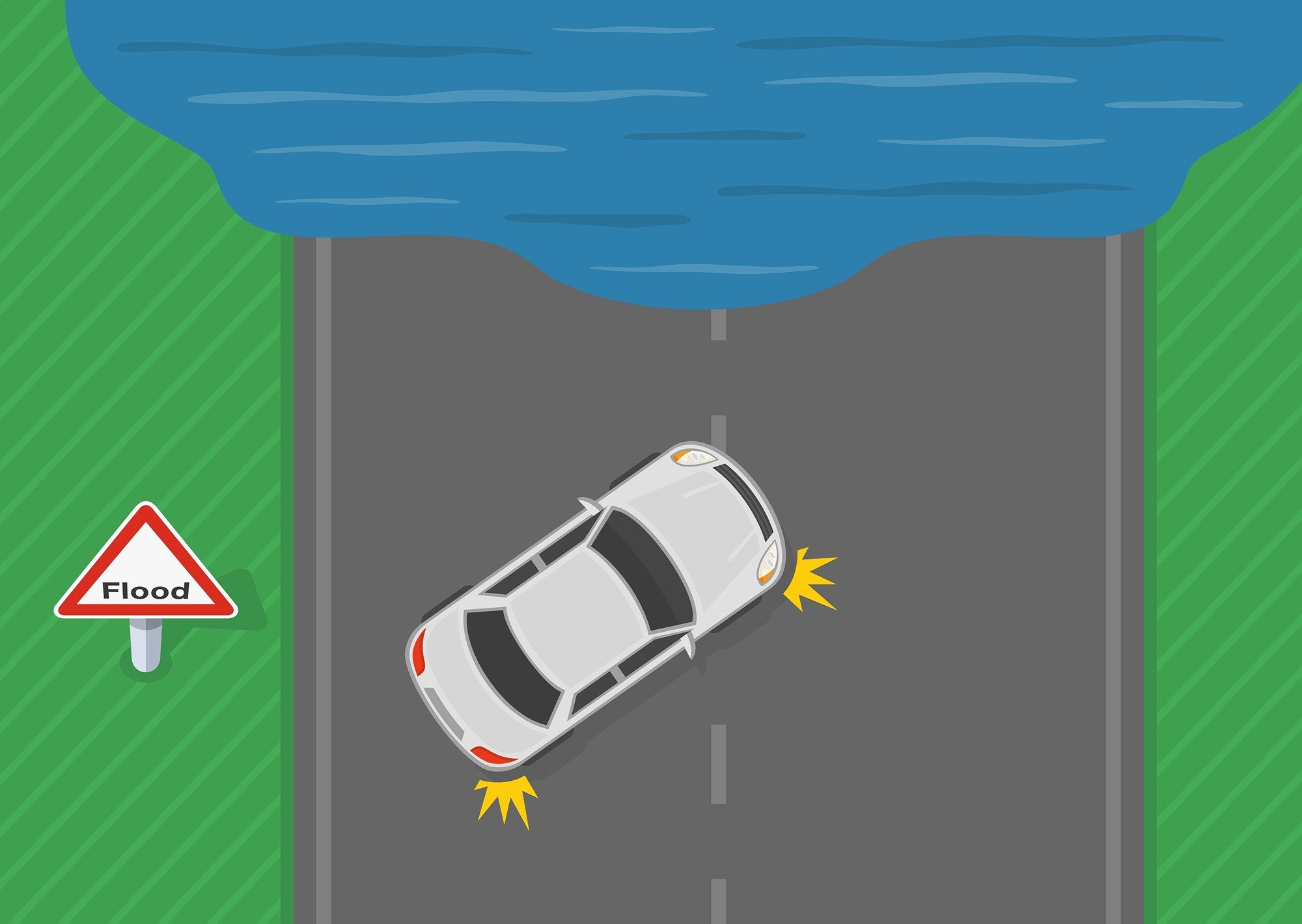
Fords and Risk Management
There’s also a strong teaching link to risk management, a cornerstone of the ADI Part 3 but equally relevant to Part 1 theory learning. A ford demands the same calm, measured approach we encourage learners to apply during any unexpected hazard. Observing, assessing, making a plan, and using the vehicle with mechanical sympathy—these fundamentals haven’t changed in decades, and they’re part of the tradition we pass on to every new driver.
What does the “Ford” warning sign tell a driver?
Explanation: A ford is where the road crosses directly through shallow water. The warning sign alerts drivers to potential hazards such as depth, current, and slippery surfaces.
Before driving through a ford, what should a driver do first?
Explanation: The Highway Code stresses assessing the risk—water that’s too deep or fast-flowing can cause loss of control or engine damage.
After emerging from a ford, what should the driver do?
Explanation: Wet brakes can reduce stopping power. Lightly applying them helps dry the braking surfaces and restore full effectiveness.